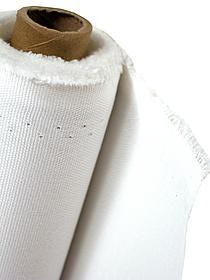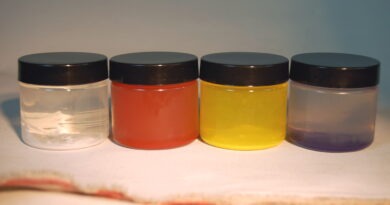WHICH CANVAS IS BEST FOR ARTISTS?
Artists have been aware for some time that there are problems with the canvas materials normally used to support paintings. Due to moisture and the degradation of natural fabrics, canvases may sag, rot, or tear where there is a sharp edge on the support. Until recently, the aesthetic and kinesthetic qualities of synthetic canvases have been clearly inferior to natural linen and cotton canvas. However, there have now been some canvas materials introduced that promise significant improvements over traditional linen and cotton.
When looking at art canvas, it is important to consider stiffness, strength, moisture response, crimp, drape, and luster. Crimp, for example, is the “waviness” that yarns have as the result of weaving. Drape refers to the deformation which occurs when a canvas is hanging under its own weight. The newest polyester canvas such as Polyflax (made by Fredrix), have an extremely even crimp, only matched by the finest linen. Both linen and Polyflax have a certain “hairiness” that results from the splaying out of fibers from the main core in the yarn. This hairiness is important because it provides a better surface for adhesion. Polyflax holds up extremely well under moisture, is isotropic – uniform in all directions – and is also very good for stiffness. The new polyesters are not yet available in heavy versions like sailcloth, and they do not have the coloring of linen, but the basic canvas will be covered with a ground in either case. For medium to heavy applications, polyester is hard to beat. High quality linen is still an excellent choice, but may be more than twice as expensive as the new polyester fabrics.




